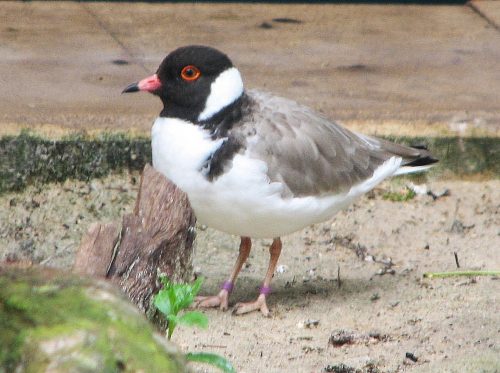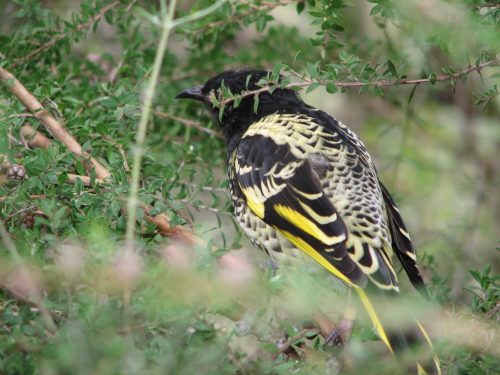Learn more about Australian Birds
I have been a member of Birdlife Australia for many decades.
I joined during the first Atlas of Australian Birds was compiled in the late 1970s and early 1980s. I contributed many hundreds of bird records to this atlas. Some years later I added many hundreds of sightings during the follow-up for the New Atlas of Australian Birds between 1998 and 2002. I continue to contribute bird sightings via their database on their website, Birdata.
There are many benefits to becoming a member, including subscription to a colourful and informative quarterly magazine. I love reading this journal every time it arrives in the mail. Membership also includes discounts on certain products and involvement in some of their projects.
One of the ongoing projects involves the Threatened Bird Network. Participants can get involved in many ways, and this can not only help you to get to know our birds better, it helps the bird species which need our help. To find out the type of projects that you can get involved with, check out their newsletters which can be downloaded to read. They also have pages dedicated to our threatened bird species. If you do not have the time, or are not able to help physically, you can always donate towards the conservation of our wonderful birds.
Information sheets
One feature of their website which is easily overlooked is the list of Information Sheets. This can be found near the bottom of each page. Several sheets are available to be downloaded as PDF files. They include:
- help in choosing binoculars
- attracting birds to your garden
- bird watching for beginners
Gouldian Finch
The Gouldian Finch of northern Australia is one of our more spectacularly coloured bird species. Sadly, it is one species I have yet to see in its natural environment. (The photo above was taken through the wire netting of an aviary at the Adelaide Zoo.)
Gouldian Finches are unusual in that their heads are usually black, but about a quarter of them are red with a few being yellow. Both males and females show this colour variation.
Finches are very popular cage birds both here and overseas. The Gouldians are much prized aviary birds, probably due to their stunning colours.
Being predominantly seed eaters, Gouldian Finches are found in grasslands, open scrublands and spinifex country. Due to disease and seasonal burning of their habitats, this species has endangered status.
Further reading:
Theatened Birds of Australia
Today in the mail I received the latest newsletter of the Threatened Bird Network, a sub-group of Birds Australia.
I read the newsletter while finishing my lunch and having a cuppa.
I knew that large tracts of Australia have been cleared, but to have the stark facts in print in front of you comes as a shock. I quote:
‘With a third of Australia’s woodland vegetation cleared, and over 80% of the temperate woodlands converted into agricultural land, it comes as no surprise that one in five of our temperate woodland dependent birds are threatened. This equates to over 40 species, including the nationally endangered Swift Parrot and Regent Honeyeater.’
I haven’t yet had the pleasure of seeing a Swift Parrot in the wild and can’t recall seeing one in captivity. The only Regent Honeyeater I’ve seen is the one featured here on this page, and that was in a walk through aviary at Cleland Wildlife Park near Adelaide.
Such beautiful birds. Sad that their very existence is under threat.




